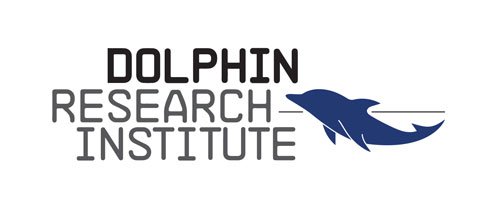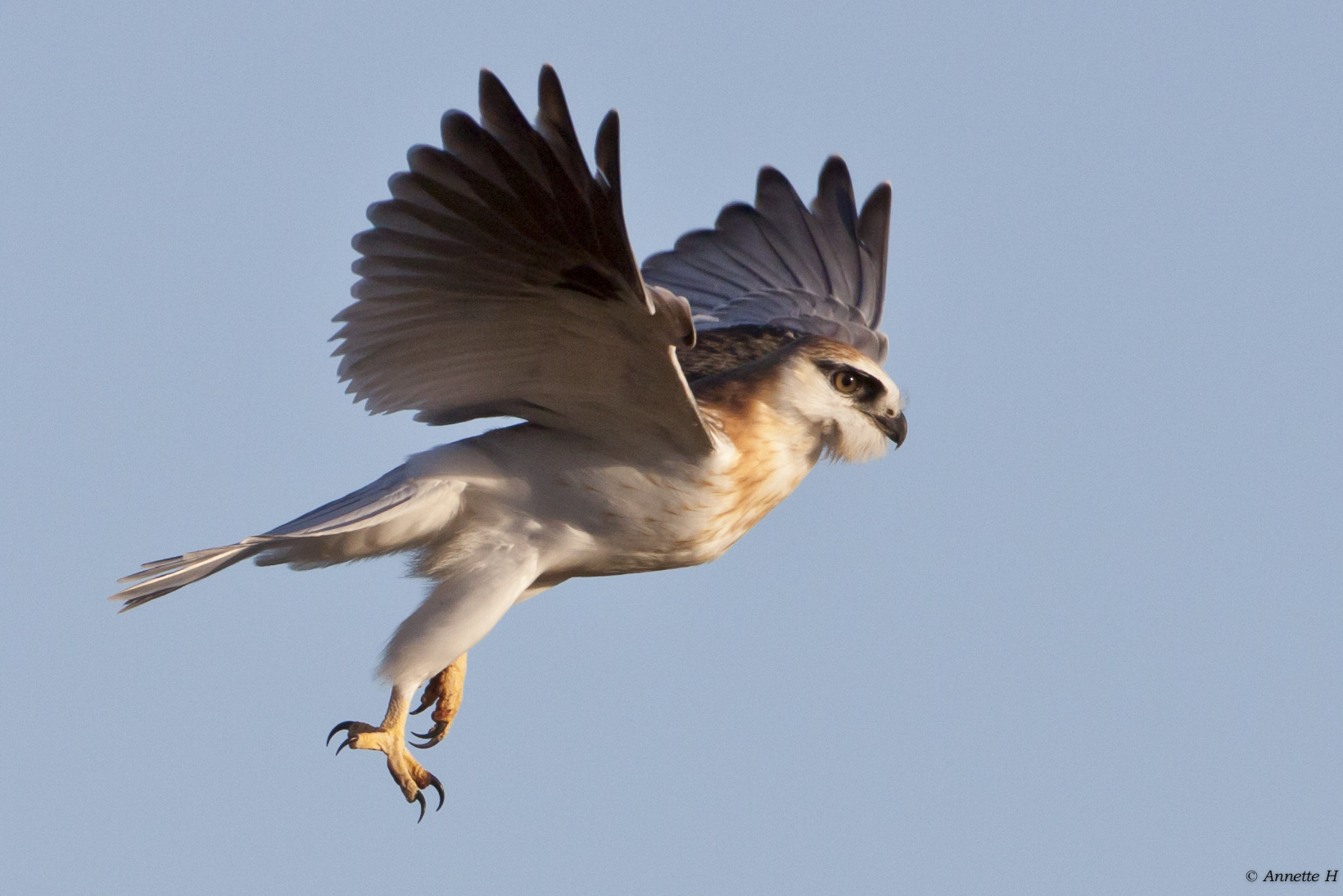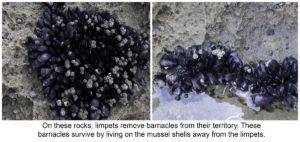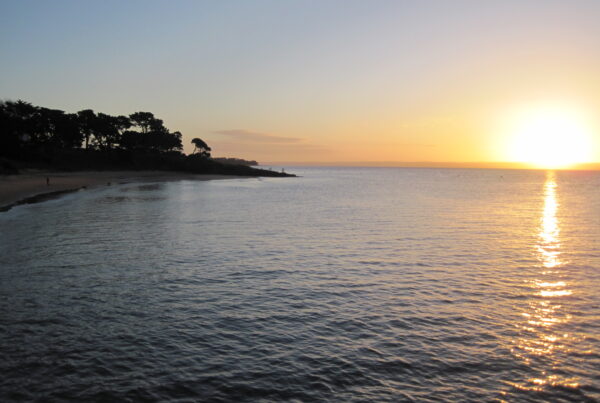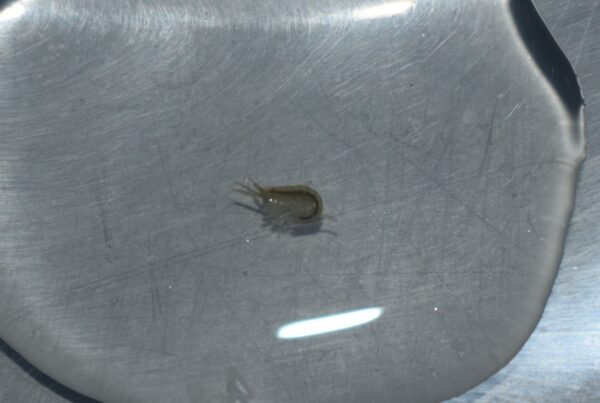This may well be the first of our Creature Features where you recognise the animal because you have seen it on your dinner plate. This is the blue mussel.
This soft-bodied animal is a bivalve, meaning it lives between two hinged shells. You will find mussels living attached to rocks or made-made structures like piers in tight clusters called mussel beds. Often mussels do not live alone, the spaces between their shells provide habitats for small invertebrates like worms and crabs, barnacles can attach to the mussel’s shells and pea crabs can reside inside the shell with the mussel.
The lives of creatures in the intertidal zone are spent underwater followed by time out of the water, a pattern that is repeated twice a day. When out of the water mussels are exposed to the drying effects of the sun and wind. Mussels can close their shell to conserve water plus living in a tightly packed bed, with moisture trapped between their shells, helps mussels to reduce water loss. Being exposed brings predators in the form of hungry birds. The change of tide brings cool water and food. Mussels are filter feeders, using their gills to sieve microscopic plankton and organic debris from the water. The rising tide also ends the bird’s feeding but brings new predators such as fish, crabs and sea stars all looking for a meal. Mussels are most vulnerable to predation as larvae in the plankton community and as newly settled, thin-shelled juveniles.
Mussel reproduction has similar elements to other animals and plants that live on the rocky shore. The adults release sperm and eggs into the water, fertilization takes place and the larvae join the plankton community for around 4-6 weeks. When the juvenile settles onto the rock, unlike barnacles which glue themselves permanently to the rock, the mussels use byssal threads to secure themselves. These threads, made by a gland on their foot, are both strong and flexible, two key features if you are going to live in the intertidal zone with strong wave action.
In Victoria, the blue mussel is grown commercially in aquaculture reserves in Port Phillip and Western Port Bays. There are around 469 hectares of mussel farms producing in excess of 1000 tonnes of mussels per year.
Watch a mussel drawing in water to remove food. The non-selective nature of the filter-feeding means that unwanted pollutants may also be drawn into the mussel.

